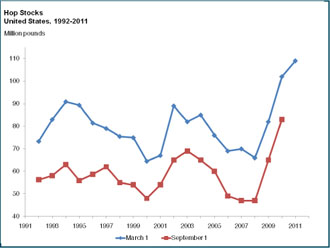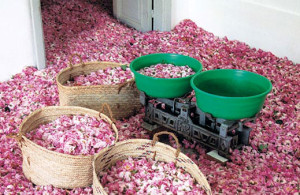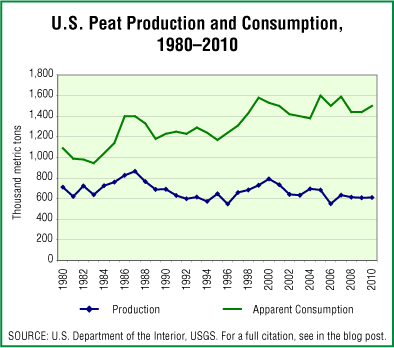Our selection of a market for today’s post was made to honor National Farmers Market Week.
Over the past 40 years, farmers markets have grown in popularity. As people become more health conscious and demand locally- and organically-grown foods, more and more cities and towns host farmers markets in the summertime. In 2010, there were also nearly 900 farmers markets operating in the wintertime (November through March). According to a new report by an agricultural economist with the Union of Concerned Scientists, increasing the number of farmers markets could create tens of thousands of jobs in economically struggling rural and urban areas.
To promote farmers markets, the U.S. Department of Agriculture instituted National Farmers Market Week in 2000. In 2011, National Farmers Market Week is August 7-13. Data show the number of farmers markets nationwide in 1970 and 2011.
Geographic reference: United States
Year: 1970 and 2011
Market size: 340 and more than 7,000 respectively
Source: “Farmers Markets Boost Local Economies,” WLNS.com, August 4, 2011, available online here; Sam Jones-Ellard, “USDA Highlights Nearly 900 Operating Winter Markets; Many Markets Located in Cold-Weather States,” Agricultural Marketing Service, U.S. Department of Agriculture, December 8, 2010, available online here.




